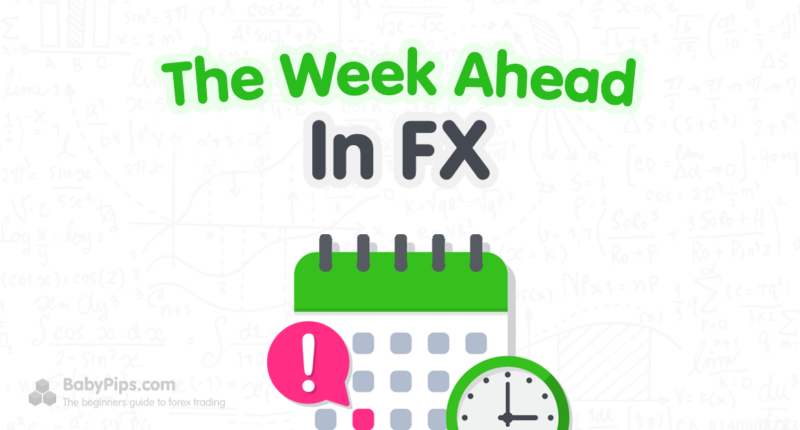
Another week, another chance to trade the major currencies!
U.S. dollar trading may get spicier in the next few days as we get another round of NFP reports on Friday.
Before all that, ICYMI, I’ve written a quick recap of the market themes that pushed currency pairs around last week. Check it!
And now for the closely-watched economic indicators on the economic calendar this week:
China’s PMI readings
China’s recent headlines and data misses have the markets wondering if the second-largest economy in the world is losing steam so soon after reopening its market.
Another sneak peek into China’s economic recovery will be provided by its official manufacturing and services PMI (May 31 at 1:30 AM GMT) and Caixin’s manufacturing PMI (June 1 at 1:45 AM GMT).
The PMIs are currently expected to show stronger values in May compared to April. Pay attention to PMI misses since they may restrict risk-taking and cause “risk” assets like the AUD and NZD to decline.
Eurozone CPI flash estimates
Based on EUR’s recent price action, errbody and their momma already know of (and have priced in) the European Central Bank’s (ECB) hawkish biases.
The Eurozone’s headline and core CPI flash estimates on June 1, 9:00 am GMT might make things more interesting for EUR traders.
If the numbers come in wayyyy higher than the slowdowns to 6.3% (from 7.0%) and 5.5% (from 5.6%) for the headline and core CPIs for the month of May, then ECB members might have to raise rates higher or keep their rates high for longer. And that’s with Germany already in a technical recession!
Feel like the Eurozone’s CPI reports won’t be enough to give clues on what the ECB is looking at?
Maybe ECB President Lagarde’s speech at 9:30 am GMT or the ECB’s meeting minutes out at 11:30 am GMT on the same day will give enough breadcrumbs to form solid trade ideas!
U.S. NFP reports
A brand new month means we get to see the latest U.S. non-farm payrolls (NFP) report and get a chance to re-price our “peak” Fed interest rate speculations!
Last month saw the net addition of 253K jobs (vs. 180K expected) in the market, which was enough to drag the unemployment rate slightly lower from 3.5% to 3.4%. Average hourly earnings also beat estimates, up by 0.5% when many only saw a 0.3% monthly increase.
This week, markets see job creation slowing down to 183K, the unemployment rate ticking back up to 3.5%, and the hourly earnings going back to a 0.3% growth. Stronger-than-expected labor market numbers would further lessen the chances of a rate cut later this year and likely keep USD on top of the forex hill.
But just because the NFP reports have surprised to the upside more often than not lately doesn’t mean that we won’t get weak numbers.
Leading indicators such as JOLTS job openings (May 31, 2:00 pm GMT), Challenger job cuts (June 1, 11:30 am GMT), ADP report (June 1, 12:15 pm GMT), and the employment component of the ISM manufacturing PMI (June 1, 2:00 pm GMT) could provide clues on the labor market strength before we see the actual report on Friday, June 2 at 12:30 pm GMT.








